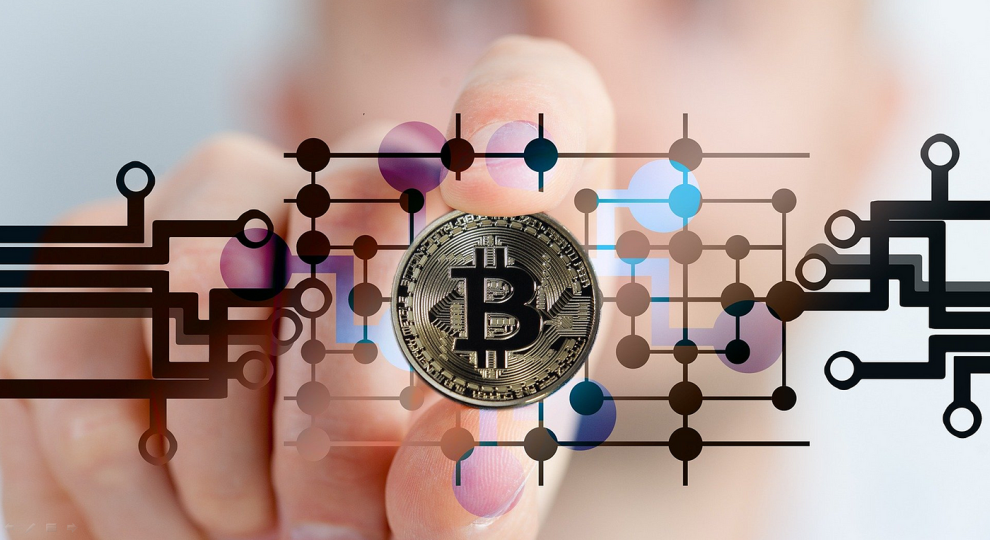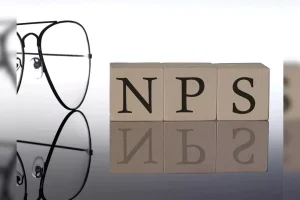Financial inclusion remains a persistent global challenge, with nearly 2 billion unbanked adults lacking access to essential financial services. Traditional institutions struggle to reach these underserved communities due to high costs, infrastructure limitations, and strict regulations.
In this context, disruptive technologies like Bitcoin and blockchain hold unique promise to enhance financial accessibility and empower individuals worldwide. This 2000 word guide explores the transformative potential of crypto assets and decentralized networks to bridge the financial inclusion gap.
The Scale of Global Financial Exclusion
Despite significant progress, the World Bank estimates that about 1.7 billion adults globally remain unbanked as of 2017, lacking access to basic financial services like bank accounts, credit, and insurance products.
The highest rates of financial exclusion concentrate in developing regions like Sub-Saharan Africa, the Middle East, and South Asia, where costs, eligibility requirements, and lack of infrastructure lock people out. But even in advanced economies, segments of the population slip through cracks in the system.
This exclusion disproportionately impacts women, rural communities, migrants, and low-income groups. Without financial tools, these groups struggle to smooth incomes, build assets, leverage opportunities, and shield against risks.
Barriers to Financial Inclusion
So what factors prevent broader financial access?
Cost and Profitability
Serving low-balance accounts in remote regions increases costs for traditional financial institutions, making many unbanked segments unprofitable from a business perspective.
Identity and Eligibility Requirements
Stringent Know Your Customer (KYC) and identity documentation requirements also exclude those without ID cards, birth certificates, or formal proof of address.
Geographic Barriers
In rural and remote areas, the sheer lack of bank branches, ATMs, electrical infrastructure poses additional barriers beyond formal requirements.
Complexity and Illiteracy
Low financial and technological literacy also prevents many unbanked from navigating complex systems, terms and traditional financial products.
Lack of Trust
Negative perceptions regarding opacity, volatility, fees, and barriers to access also deter unbanked customers in some regions from engaging with traditional finance.

The Crypto and Blockchain Opportunity
This context opens doors for disruptive solutions like Bitcoin, blockchain technology and decentralized finance to transform accessibility.
As open, borderless and censorship-resistant networks, cryptoasset platforms can reduce common barriers like cost, documentation, geography and complexity.
Immutable blockchain records also promote transparency and accountability compared to traditional systems. This fosters understanding and trust from unbanked groups.
Let’s explore 5 key ways Bitcoin and blockchain solutions can bridge gaps in financial inclusion:
1. Reduce Entry Barriers
As decentralized networks, blockchain platforms minimize unnecessary intermediaries that drive up costs in legacy finance. This enables cheap, efficient transfer of value globally.
For example, leveraging Bitcoin can facilitate cross-border micro-payments and remittances, avoiding the hefty fees charged by money transfer operators and wire services.
2. Expand Microfinance Opportunities
Decentralized Finance (DeFi) solutions built on blockchains like Ethereum allow microlending and borrowing opportunities without traditional eligibility barriers.
Using smart contract protocols, DeFi developers create decentralized applications offering financial services like savings, lending and insurance products to expand access.
3. Enable Secure Identity Management
Self-sovereign identity solutions on blockchain provide secure, portable digital IDs verified through cryptography rather than physical documents.
Rather than relying on centralized agencies, unbanked groups can control their personal identity data and credentials to build financial histories.
4. Promote Financial Literacy
As immutable public ledgers, blockchains also foster financial understanding and trust, enabling unbanked groups to trace transaction histories and verify identities.
Developers are also building educational platforms and games leveraging blockchain technology to promote digital literacy and financial skills.
5. Streamline Cross-Border Transfers
Legacy correspondence banking relationships rely on slow batch transfers, holding funds in escrow across multiple intermediaries.
In contrast, settlement on blockchain occurs instantly. Combined with negligible fees, blockchain facilitates frictionless commerce across borders at higher volumes.
Key Opportunities and Initiatives
Many key institutions now recognize the promise of crypto networks to advance financial inclusion.
Global policymakers, development agencies and nonprofit groups increasingly invest in blockchain solutions tailored to the unbanked.
Let’s explore some major initiatives to leverage this technology for broader access:
Central Bank Digital Currencies
As the digital form of a nation’s fiat currency, Central Bank Digital Currencies (CBDCs) allow central banks to extend digital money services directly to consumers.
According to an April 2020 survey by the Bank for International Settlements, 80% of global central banks now actively research CBDCs, partly focused on advancing financial inclusion.
The World Food Programme’s Building Blocks
The UN World Food Programme now utilizes an Ethereum-based blockchain to authenticate, track and transfer voucher payments to support over 500,000 refugees. This minimizes fees and accelerates delivery.
The World Bank’s Identification for Development
The World Bank supports blockchain identity pilots across countries like Thailand, Colombia and Moldova. These projects explore portable digital IDs to expand account access for vulnerable groups.
Mercy Corps’ Humanitarian Blockchain Applications
International relief agency Mercy Corps leverages stablecoin payments and blockchain tracking for transparency in crisis response across Venezuela, Indonesia and Myanmar.
Challenges and Limitations
Despite exciting potential, we must acknowledge lingering barriers slowing mainstream adoption of crypto finance among vulnerable groups.
Digital and Financial Literacy
Low rates of technological literacy, digital access and financial education in target user groups pose adoption challenges. Creative educational programs and appropriate product design are crucial.
Smartphone and Internet Penetration
While expanding quickly, mobile and internet connectivity remains limited in remote unbanked regions. Basic infrastructure requires continued, patient investment alongside blockchain solutions.
Price Volatility
The famous volatility of cryptoassets like Bitcoin impedes their reliability as payment instruments or stores of value for now. Stablecoin models attempt to address this issue.
Regulatory Uncertainty
Ambiguity and heterogeneity in cryptocurrency regulation across borders creates uncertainty for unbanked users. Policymakers should emphasize consumer protection and flexibility.
We must tackle these limitations through appropriate product design, user education, infrastructure development and supportive policy to truly democratize finance.
The Road Ahead Towards Inclusion
The path to full financial inclusion at a global scale remains long. No single solution will fit all unbanked groups.
But Bitcoin, blockchain platforms and decentralized financial models offer radically new value in terms of cost, access and transparency compared to legacy systems.
With thoughtful implementation aligned to community needs, crypto solutions can empower millions worldwide with tools to save, grow assets, start businesses and smooth volatile incomes.
The examples above highlight the momentum building behind blockchain finance as an engine for financial inclusion. But realizing this potential at scale requires collaboration across borders and sectors to address literacy, regulation, infrastructure in target groups.
Democratizing access to money globally ranks among the most profound economic challenges of our age. Bitcoin and blockchain constitute pivotal new avenues to confront financial marginalization at its roots through technological inclusion.











Add Comment